The Latest

Expanding the Mission: The Community Groups Serving Schools
Some community development organizations have added education to their traditional focus on housing and economic development. By partnering with local school districts, they’re looking for ways to support families and children in their neighborhoods. How’s it working?
Explore Articles in this Topic
Search & Filter Within this Topic
filter by Content Type
filter by Date Range
search by Keyword
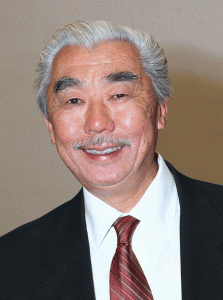
Interview with Gordon Chin, Founding Executive Director of the Chinatown Community Development Center
Gordon Chin started San Francisco Chinatown Community Development Center (CCDC), a longstanding CDC well-known in the field, in the mid-1970s. In June 2015, he released Building Community, Chinatown Style, a book about his professional life, the founding and evolution of CCDC, and the future of community development. Josh Ishimatsu, director of Research and Capacity Building at the National Coalition for Asian-Pacific American Community Development, and a regular Shelterforce contributor, spoke with Chin about where community development is going, and where it should go.
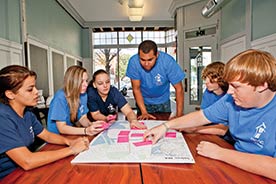
CDCs Adapt to the New Normal
CDCs and their support organizations consider what it takes to weather the recession—from business model changes to different funding streams to mergers.
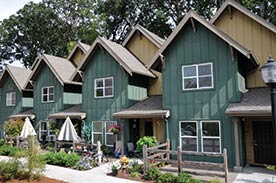
Stuck in the Middle
What do community development intermediaries do these days, and why do we need them?
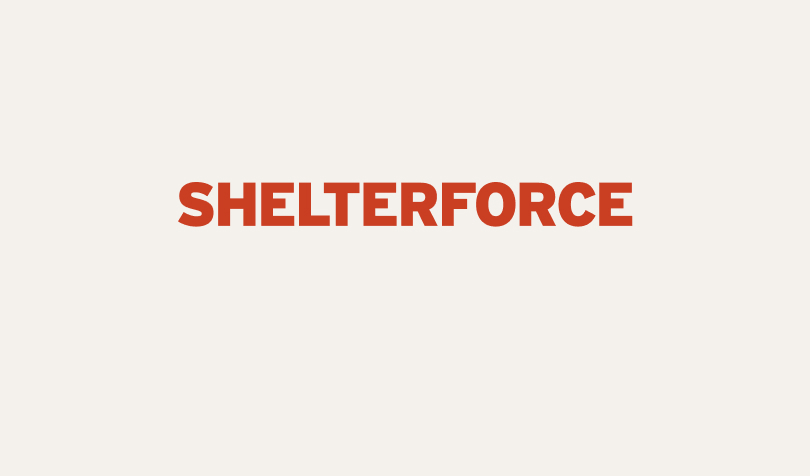
The Value of the Local Touch
Last November, we surveyed readers about what they thought the rise of high-capacity nonprofit housing developers meant for neighborhood-based community developers that use real estate as a tool in their […]

Could 2012 Be the Best Year for Massachusetts CDCs in Decades?
Starting in the mid 1970s, Mel King and other visionary leaders of the community development movement worked systematically to build a support infrastructure for CDCs in Massachusetts. They understood that […]
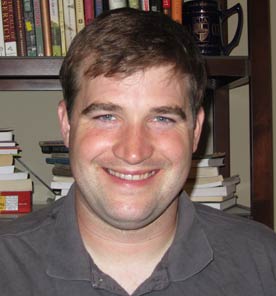
Do One Thing and Do It Well
Changes in policy, economics, and needs force the community development field to move forward to meet today’s challenges.
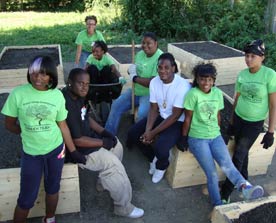
Where Do We Fit In? CDCs and the Emerging Shrinking City Movement
As some cities begin to admit they are shrinking, CDCs in high-abandonment neighborhoods are rethinking their traditional roles, and even their missions.

The Great American Fire Sale
Investors have played, and will continue to play, an important role in foreclosure-ravaged communities. What can towns do to ensure investors are responsible, and what role can CDCs play?
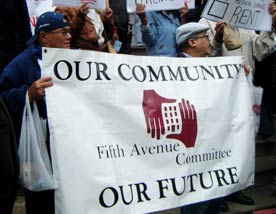
What Kind of Community Organizations and for What Purpose?
We expect the “solutions” to social problems to be found within the community, and yet community groups, more often than not, work beyond their communities’ boundaries. Why? Because they see the reality that if social and economic justice are to be realized in a community, then changes that are larger than the community must take place.
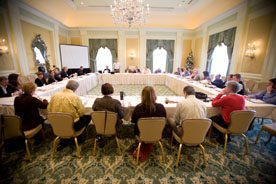
Coming Together
The nonprofit housing development field has myriad intermediaries and support organizations, but no one unified voice. Should it have one?
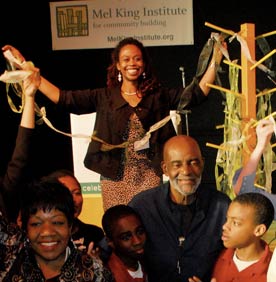
A 21st Century Vision For Community Development
Today’s economic crisis is devastating neighborhoods and households across the country. Urban, low-income communities that were slowly recovering from the disinvestment of earlier decades are now falling back to where they were in the 1970s. Rural communities, walloped by the collapse of key economic generators, have suffered no less. Families that had begun to break the cycle of poverty and build small amounts of savings are now being plunged back into debt. Yet, at a time when the work of community development corporations is more needed than ever, there are growing questions about their long-term viability and efficacy.

A Balance of Discipline and Flexibility Is Key To CDC Efficacy
We must define the community development field in terms of impact and organizational structure and look at CDCs as facilitators of development, not just developers.
